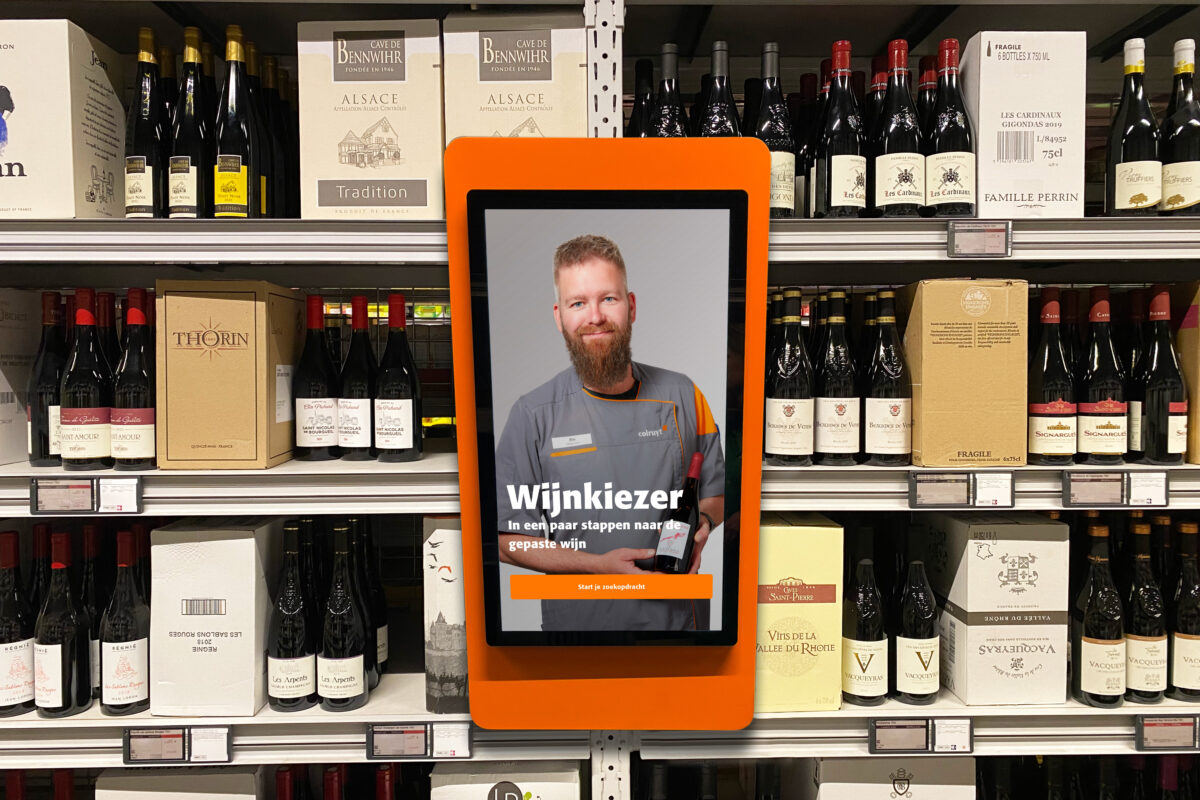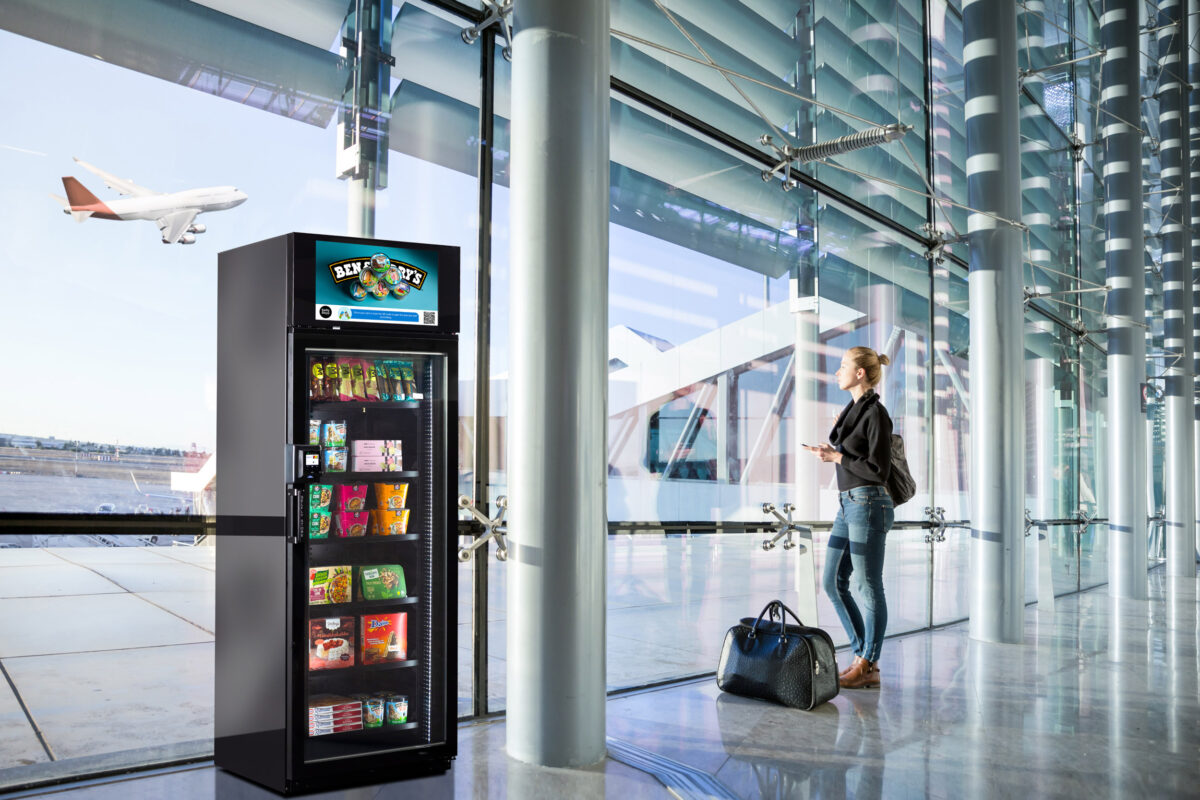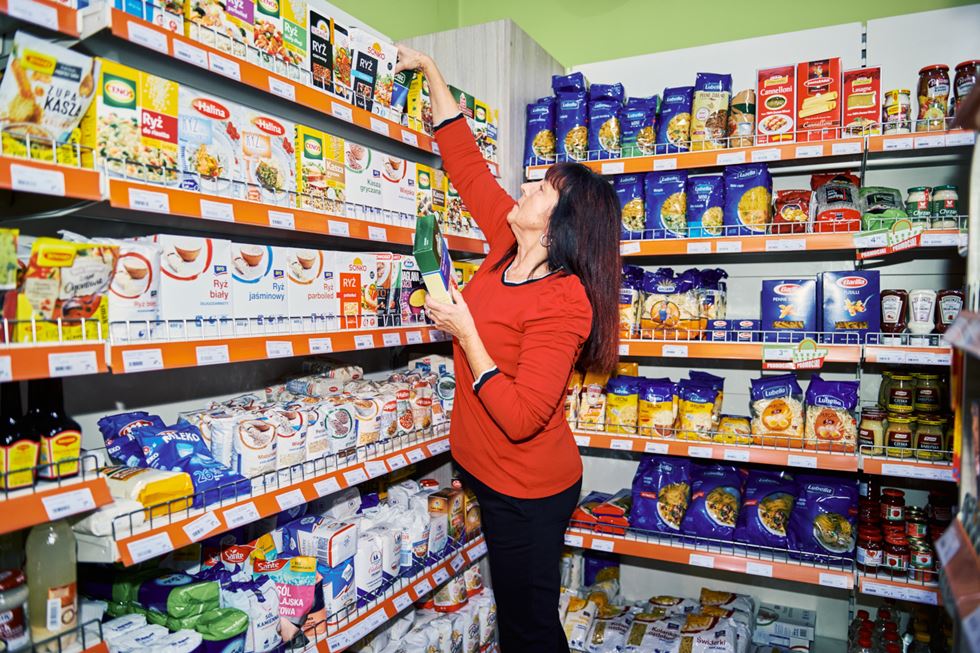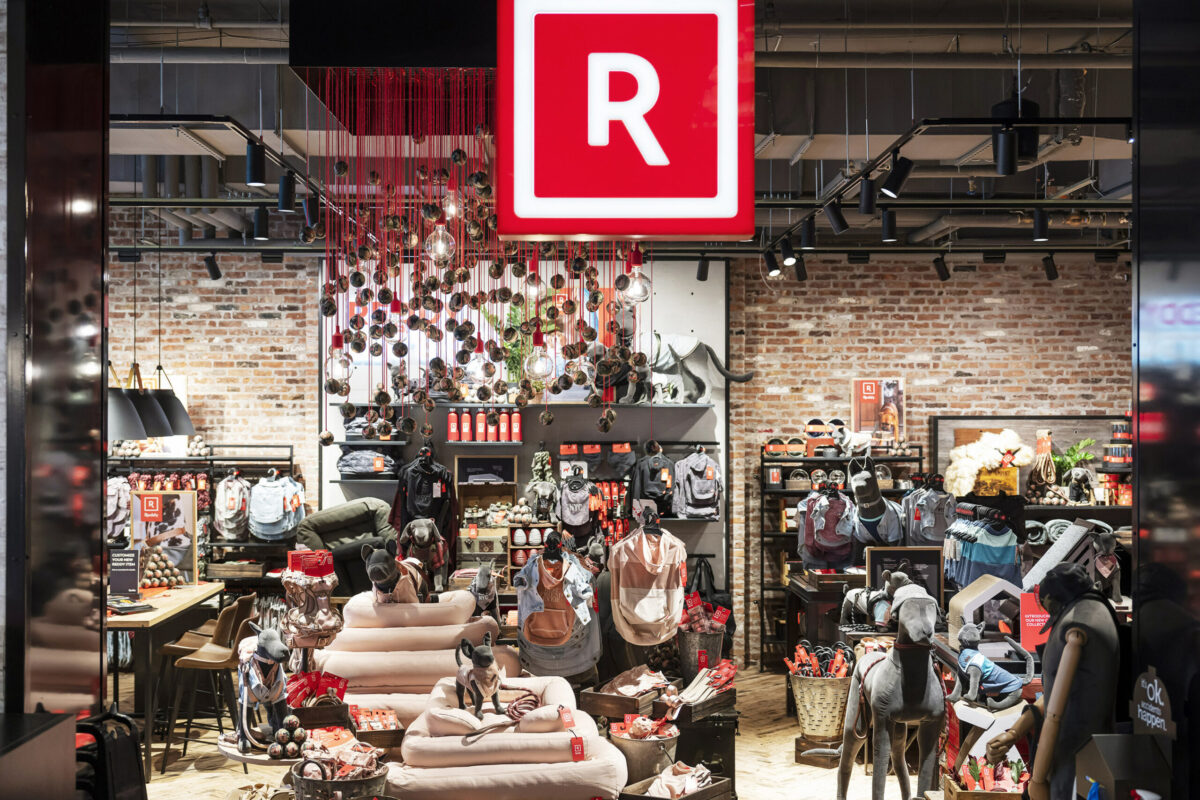The pandemic has forced you to close your stores, all of them, globally. As much as this is unprecedented, no one has a playbook for how to resume store operations when it is time. Many of your staff are furloughed and you have had a core team focused on cash flow planning for weeks now. It’s time to get a core team focused on resuming store operations. It is time to build a plan to ramp up your revenue as quickly and profitably as possible. In the meantime, your digital team is exploring new ways to keep your customers engaged, so that when they are ready to shop, you are top of mind!
Planning Does Not Stop When Stores Reopen How fast will your customers return to your stores? How will the coronavirus outbreak affect their ability and desire to shop? Will there be pent-up demand? Should you expect a flood of e-commerce returns? Will your store associates be available when you need them? You are facing an unprecedented number of issues in the months ahead. And the planning does not stop when stores reopen. Your team will need to be adjusting ‘on the fly’ as the impact of the pandemic becomes known jurisdiction by jurisdiction. This will help you build your business back up through the balance of the year. We have outlined some of the key steps for consideration as you set your plans in motion.
Planning to Reopen and Welcoming Customers BackYes, you want to reopen as soon as possible, but you will need to do so in stages. While state and city officials will provide guidance on dates for reopening, your store leadership team needs to provide key operating guidelines to ensure chain-wide consistency on key items like:

Key Operating Guidelines, © StoreForce
Corporate/HR Policy
Will you screen employees for the virus and for exposure to those that have had the virus? What is your policy towards employees that are not confident to return to work right away? Those that might need a little more time because of underlying health conditions or those that are taking care of loved ones?
Store Readiness
What level of service will you offer when doors first reopen? Full service, curbside pickup, limited customers in the store at any time, distance markers on the floors, separation of POS devices, sanitizer for card reader terminals, etc. What is your policy for accessing dressing rooms? How will you handle merchandise once it is tried on, but not purchased? How many days prior to store opening do you need staff in the stores to receive or remove inventory, process markdowns, fulfill ship from store orders, handle repairs, reset displays and signage, etc.? Does your return policy need updating?
Mall Readiness
To what extent will the general readiness of the mall (i.e. social distancing standards for mall access, the readiness of other tenants) influence your decision to open stores? With folks simply wanting to be outside, are the stores located in outdoor lifestyle centers and those on the street a great first step for your reopening strategy?
Staff Availability
Will your associates, Managers, and Field Leaders be available when and where you need them? Will some have taken jobs in other sectors? How are you sharing your plans and keeping your workforce engaged? Will staff availability limit the stores you can open?
Store Priority
Once states and cities approve reopening, do you open all stores, or do you select key stores by location or store type within an approved area? Do you want to reopen stores that have traditionally been higher volume sellers? Should you prioritize opening stores serving markets where online sales have been weak during the pandemic to bring back your customers? Blend of both? What will the hours be? And how do you effectively keep Google updated with changing store hours?
Consider the scenarios that make sense for your business and develop your policies. Store and District Managers need clear operating guidelines.
Embracing Your Retail Associates – The Face of Your Brand
Your frontline retail associates and leaders are the face of your brand. They deliver your brand experience. You need them to feel safe and confident coming to work, and to instill confidence in your customers that it is safe to enter your stores.
Store Roles Are Changing
Will you need a dedicated cashier if you have 1 or 2 POS stations in your store, or do you allow all qualified staff to ring up transactions on the same device?
- Do you need more registers available with each POS only being used by one Associate per shift?
- Do you need to unlock dressing rooms for each customer and what should the policy be for the Associate handling the clothes that have been tried on?
- Do you need associates available to handle curbside pickup?
- It may be tempting to run lower coverage as stores reopen and sales ramp up. Yet to deliver on service levels like the ones noted above, you need to staff effectively.
Labor Planning – New Trends, New Trajectories
When your stores reopen, how should you plan your labor? How should you set your sales targets? You will likely need more labor hours for the expected revenue than your historical wage percentage (%) would provide based on the work involved in getting stores fully operational. These labor hours will help you address the changing store roles and staff to meet shoppers’ expectations for a safe and on-brand experience.
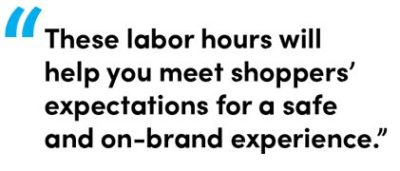
Barry Cohen, Vice President Sales, StoreForce, © StoreForce
As the weeks following reopening progress, you will begin to establish new trendlines, and be able to compare week over week trends, by store, and by market and compare those to the original store plan. These trends and associated productivity indicators will help you plan sales and labor targets for future weeks and provide insights to help plan labor for your remaining stores as they reopen.
Scheduling Your Staff
Many of our customers are planning to start opening stores over the next few weeks.
- It is time to confirm employee availability. Not just people and hours available, but locations as well. You may need to move people around, giving them the opportunity to work multiple stores in each market.
- Your Managers and Field Leaders need the tools and flexibility to get your stores going Can you easily post new shifts, mid-week (if necessary) if traffic warrants an increase in staffing? Is it easy to manage shift exchanges? Plus, your employees will appreciate more hours.
- Location hours may change.At the beginning of the pandemic, before retailers shut down completely, store hours were reduced. As we turn the lights back on, do we expect fewer hours in a week for open stores, and for how long? You need to understand the flexibility in your retail workforce. Reduced hours will likely affect traffic patterns.
- It is time to schedule your best associates. Will social distancing require fewer associates on the sales floor? Or more associates based on the added and changing roles? What will the impact be on your store labor model and building schedules? You will still need to track and report at an associate level who your best-performing sales associates are and schedule them when it matters most.
Ongoing communication with your staff is key. Your needs will evolve quickly, and this emphasizes the need for frequent two-way communication, often with the front line. Where do you give kudos? How do you get store level feedback to the DMs and the home office when the timing is crucial?
Managing On the Fly – Rewriting the Playbook
Consumers have always loved shopping in physical stores. With recent spending focused on essential goods, we can expect pent-up demand for new summer clothes, fresh kicks, and some awesome accessories.
So now, more than ever before, you need to:
- Ensure youget the visibility you need on daily performance.
- Set and adjust performance targetsas revenue ramps up.
- Improve your agility and abilityto drive performance.
- Rapidly adjust labor spendwith the flexibility to meet rapidly evolving staffing requirements.
- Coach the roles and behaviors on the store floorthat drive customer loyalty.
- Work with your marketing and digital teams to deploy location-based mobile offers, and use promotional activities, social media campaigns, and personalized emails to target your consumers in the markets you opento direct them to the specific stores that are open.
You should also plan for the possibility of closing your stores again, either due to a state/city order or as a result of an employee or customer being diagnosed with the virus. How fast can you have the store ready to reopen and what is the availability of an alternate store team if necessary?
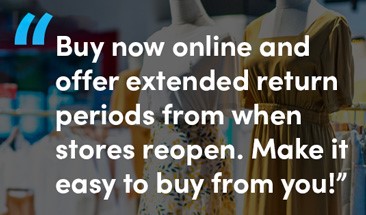
Barry Cohen, Vice President Sales, StoreForce, © StoreForce
Engaging with Your Customers – Steps You Can Take Right Now
While your stores are closed, and as they start to reopen, here are some steps you can consider to stay engaged with your customers:
- Amp up your personalized marketing to build stronger one-to-one relationships with your customers.Leverage the intel in your customer databases to feature products and offers that tie specifically to what your loyal customers have already purchased from you.
- Announce extended return policies. Buy now online and offer extended return periods from when stores reopen. Make it easy to buy from you!
- To keep your brand top of mind, you may choose to engage with your audience in different digital formats.For instance,
- If you sell fitness gear – run training programs, yoga classes, etc.
- If you sell footwear – run a virtual fashion show, focus on shoe care, etc.
- Clothing, fashion shows – how to- build a wardrobe, mix and match colors, etc
- Interviews with designers and influencers.
At StoreForce, 100% of our clients are in Specialty Retail – apparel, footwear, accessories, etc. We are speaking with many of our clients about their plans for reopening and how they will manage their stores and workforce in the first few months. Then start to look forward to the second half of the year as store traffic starts to pick up.
Guest article: Barry Cohen, Vice president StoreForce, Blog post published in Thought Leadership, April 29, 2020






